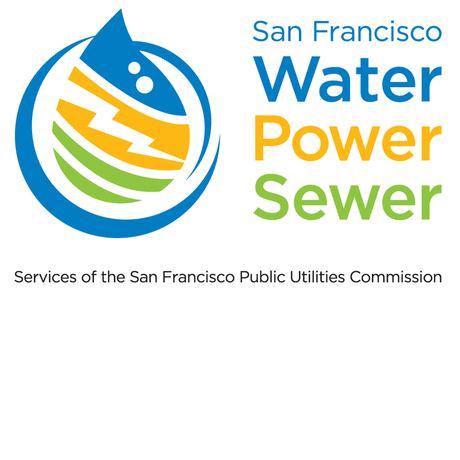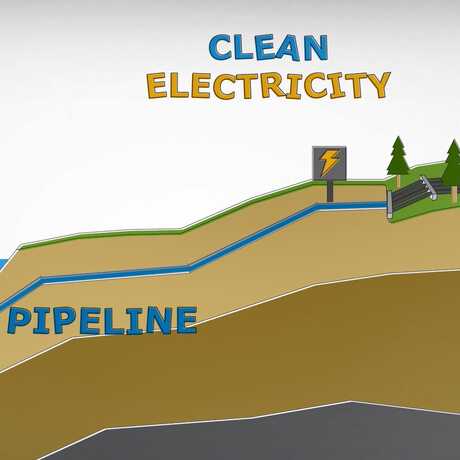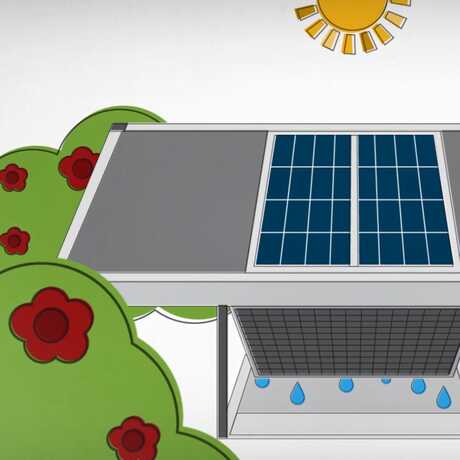The Institute is generously supported by an anonymous donor, the Clarence E. Heller Charitable Foundation, the Horace W. Goldsmith Foundation, and the San Francisco Public Utilities Commission.

In San Francisco, where does the water that flows out of our faucets come from?
Grade level: 3rd-5th
Length: 4.5 minutes
Video Discussion Questions
With 2.7 million customers relying on our regional water system, the San Francisco Public Utilities Commission is working to conserve our drinking water supply and develop alternative water supplies to serve our needs.
Groundwater is a renewable source of naturally occurring water that is found beneath the ground surface. As rain or snow seeps into the ground, it passes between soil particles and collects in underground reservoirs called aquifers. An aquifer is made up of sand, silt, or other permeable materials that can readily yield water to springs or wells. Groundwater is an essential part of the state and nationwide water supply. In fact, 80% of Californians depend on groundwater for all or part of their drinking water supply, and have been doing so safely for generations.
Recycled water is highly-treated wastewater that has undergone multiple levels of treatment to meet strict quality and safety standards; treatment typically consists of filtration to remove suspended solids, some bacteria, and other pollutants. Disinfection then destroys any remaining bacteria and viruses. Recycled water is safe and suitable for a variety of non-drinking uses, including: irrigation of parks and other landscaped areas; flushing toilets or urinals; filling decorative fountains; and cleaning streets.

Here is the Hetch Hetchy Dam. Can you find it on a map?

Can you explain how this pipeline helps create electricity for the Bay Area?

Solar panels can create water while producing electricity!
The Institute is generously supported by an anonymous donor, the Clarence E. Heller Charitable Foundation, the Horace W. Goldsmith Foundation, and the San Francisco Public Utilities Commission.
